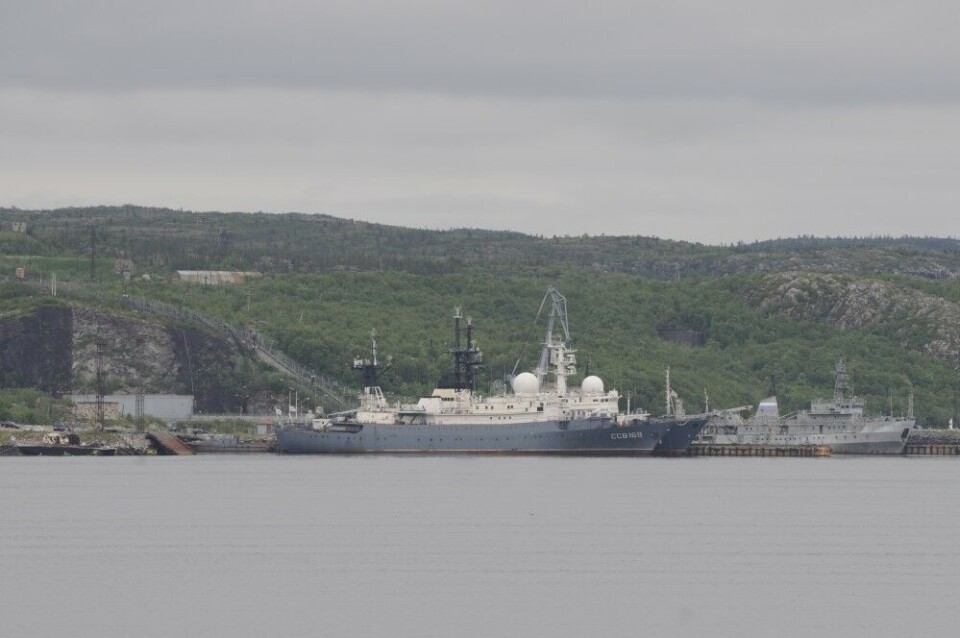
New Bulava missile depots under construction
Russia is preparing to take the Bulava intercontinental missile into service, with new facilities for storage and handling of the missile being built on the Kola Peninsula.
Russia’s Northern Fleet will get several new depots for the missile, as well as central facilities for receiving and handling of the missile at the fleet’s main base in Severomorsk.
Russia’s Federal Agency for Special Constructions (Spetsstroy) is responsible for construction of the new facilities. The main facility in Severomorsk is planned to provide services to Northern Fleet submarines up to the moment the vessels leave for the World Oceans, the agency’s website reads.
The agency has also speeded up construction of missile depots in Gadzhiyevo, the main base for Russia’s new strategic Borey-class submarines, and in Severomorsk. “Last year we finished building the two first depots, the rest will be taken into service this year,” the agency says.
Construction of storages for 100 Bulava missiles started in November 2013 at the Northern Fleet’s main munitions depot in Okolnaya Bay outside Severomorsk. It was then said that the munitions depot will be located three hours sailing time away from Gadzhiyevo. To store the missiles in the already existing facilities in Okolnaya was said to be a lot cheaper than building new storages in Gadzhiyevo, and it is also more convenient. The base is hidden in a cliff and there is a railroad sidetrack leading to it, a source told Izvestia.
The Bulava missile is designed to be launched from Borey-class nuclear-powered strategic submarines. Russia is planning to build eight such submarines. Three are already in active service, and the next four are being tested or are under different stages of construction.
The troubled history of the Bulava missile
The Bulava missile is a three-stages, 36 tons heavy submarine-launched ballistic missile capable of carrying ten nuclear warheads. Each submarine is armed with 16 missiles.
Russia has been conducting tests with the Bulava missile since 2004. Until 2009, there were 6 failures in 13 flight tests and one failure during ground test, blamed mostly on substandard components. After a failure in December 2009, further tests were put on hold and a probe was conducted to find out the reasons for the failures. Testing was resumed one year later, and of the ten tests that have been conducted since then, only one has failed, according to Wikipedia. In total, there has been 24 test launches of the missile.
The last test was conducted from the White Sea in November 2015. In the beginning of March this year, Russian media reported that one of the Northern Fleet’s Borey submarines was preparing to launch a 16-missile salvo launch from submerged position – a drill that has not been attempted in 25 years.
















